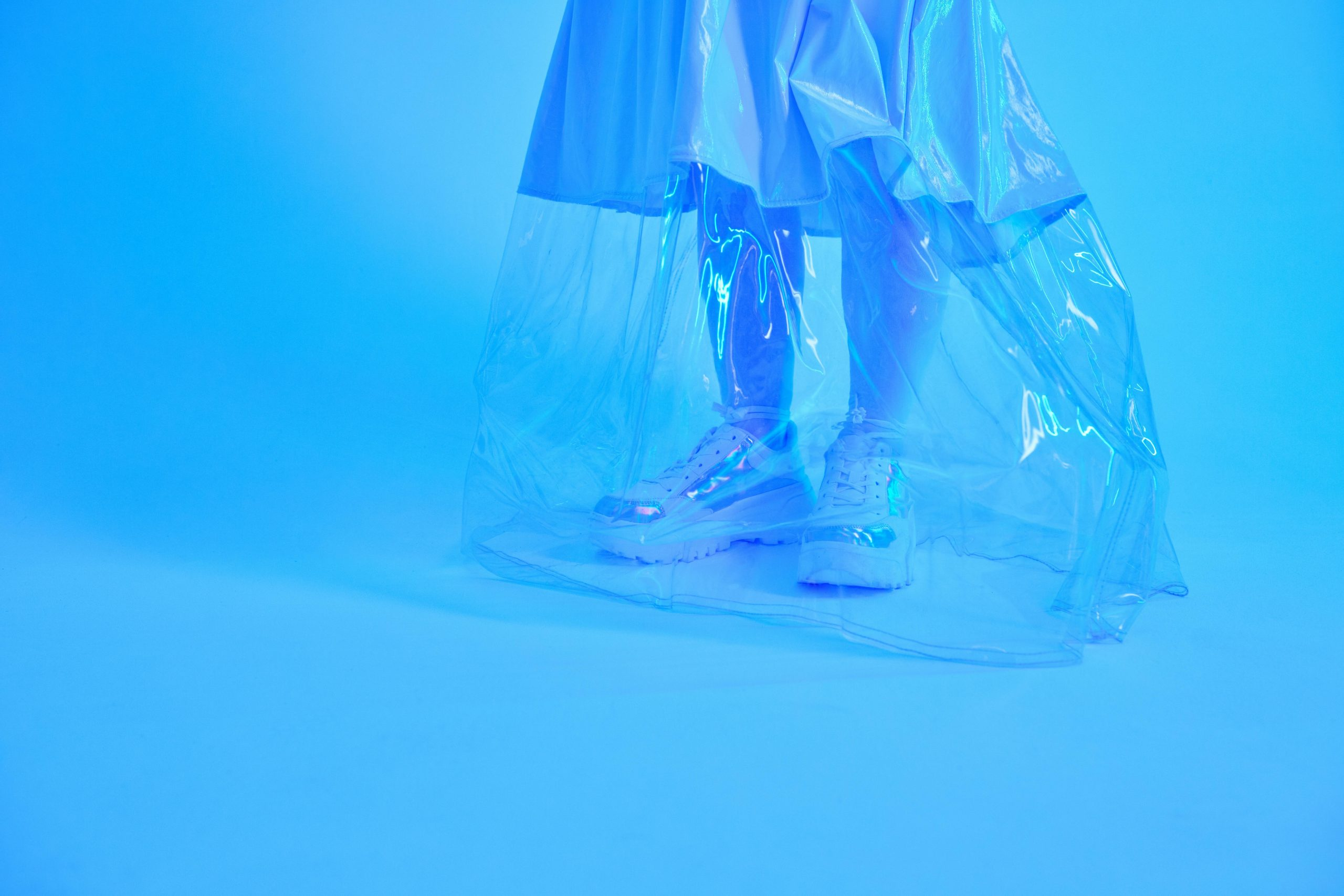Ethical Aesthetics: The Rise of Avant-Garde Design
Ethical aesthetics has become an increasingly important topic in the world of design. As society becomes more environmentally conscious and socially aware, the once-neglected element of ethics has taken on a central role in the creation and consumption of art, architecture, and, most prominently, design. In recent years, avant-garde design has emerged as a leader in this movement towards ethical aesthetics, pushing boundaries and challenging traditional norms to create socially responsible and visually striking pieces. Let’s delve into the rise of avant-garde design and how it is shaping the future of ethical aesthetics.
The Origins of Ethical Aesthetics
To understand the rise of avant-garde design, it is important to first acknowledge the origins of ethical aesthetics. While the term may seem modern, the concept has been around for centuries. Ancient civilizations, such as the Greeks and Romans, believed in a strong link between beauty and morality. This sentiment was also echoed during the Renaissance period, where art was seen as a reflection of one’s ethical character.
However, it wasn’t until the 20th century that ethical aesthetics became a widely-discussed movement. With the rise of industrialization and mass production, the negative impact on the environment and society became more apparent. This led to the birth of the Arts and Crafts movement, which promoted using traditional techniques and materials in handcrafted pieces to combat the dehumanizing effects of mass production. This movement sparked the idea that design should not only be visually pleasing but also ethically responsible.
The Emergence of Avant-Garde Design
As the world continued to evolve, so did the concept of ethical aesthetics. In the 1960s, the avant-garde art movement began to gain momentum. Avant-garde, which translates to “advance guard,” refers to individuals or groups who are at the forefront of new and unconventional ideas. In the world of design, this meant pushing the boundaries and questioning traditional norms.
Avant-garde design quickly became synonymous with ethical aesthetics as it challenged the status quo and showcased techniques and materials that were socially and environmentally responsible. For example, avant-garde designers began to incorporate sustainable materials, like bamboo and recycled plastic, into their pieces. They also utilized innovative techniques, such as 3D printing, to create unique and sustainable designs.
The Impact of Avant-Garde Design on Ethical Aesthetics
The rise of avant-garde design has had a significant impact on ethical aesthetics. Firstly, it has helped to break down the stereotype that socially responsible designs cannot be visually appealing. Avant-garde designers have proven that sustainability and aesthetics can go hand in hand, challenging the notion that design is solely for the sake of visual pleasure. This has led to a greater acceptance of ethical aesthetics in the design world.
Furthermore, avant-garde design has highlighted the importance of using design as a medium for social and environmental change. Many avant-garde designers use their pieces to bring attention to important issues, such as climate change and social justice. By creating thought-provoking and visually striking designs, they are sparking conversations and raising awareness for these causes.
The Future of Ethical Aesthetics
Thanks to the influential role of avant-garde design, ethical aesthetics is only set to grow in the future. As the younger generation becomes increasingly aware and vocal about social and environmental issues, the demand for ethical designs will continue to rise. This will lead to a shift in the design industry, with more focus being placed on creating pieces that are not only visually appealing but also ethically responsible.
In conclusion, ethical aesthetics has evolved greatly over the years, with the rise of avant-garde design being a key factor in its development. This movement has not only challenged traditional design norms but also paved the way for socially responsible and visually striking pieces. As we look towards the future, it is clear that ethical aesthetics will become an even more prominent driver in the world of design.











